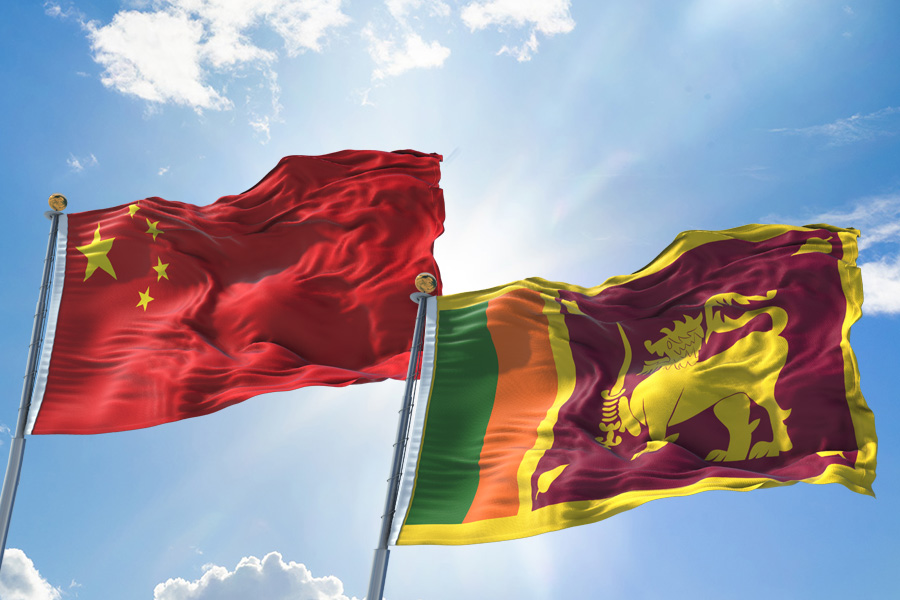
The idea of getting ‘help’ from China to strengthen its economy comes at the cost of granting more access to Beijing.
Author
Gunjan Singh, Assistant Professor, Jindal Global Law School, O.P. Jindal Global University, Sonipat, Haryana, India.
Summary
Since Colombo joined the Belt and Road Initiative (BRI), the Sri Lankan debt problems have become intense and paved the way for concrete Chinese inroads in South Asia. The end plan of Chinese investments has been increasingly clear since 2017 when Sri Lanka leased its Hambantota port to China in lieu of failure of repayment of loans. Today, China holds more than half of Sri Lanka’s $46 billion external credit. The situation became further problematic when Colombo’s economy faltered in 2022, and it had to go to the International Monetary Fund (IMF) for a bailout.
Since then Sri Lanka has been working towards resolving the existing debt problem, however, in Colombo’s case the solution and problem both seem to be Beijing. In October, Sri Lanka managed to conclude an agreement with China’s Export Import Bank (EXIM) to restructure debt worth $4.2 billion. A month later, Colombo has also approved an oil refinery proposed by Chinese Sinopec worth $4.5 billion, making it one of the largest investments in the last few years. This should be seen in context with Chinese President Xi Jinping’s assertion that Beijing’s help comes with “no strings attached”.
Sinopec is a State-owned company which has been very keen to extend its investments to other nations. It has presence in Saudi Arabia and Russia, and this deal has the capacity to give it access to the South Asian market. Sinopec has also been supplying fuel to the marine bunker at Hambantota since 2019.
Such investments are essential for Sri Lanka to support its deteriorating economy. Last year saw the country on the brink of economic collapse.
Published in: Deccan Herald
To read the full article, please click here.

